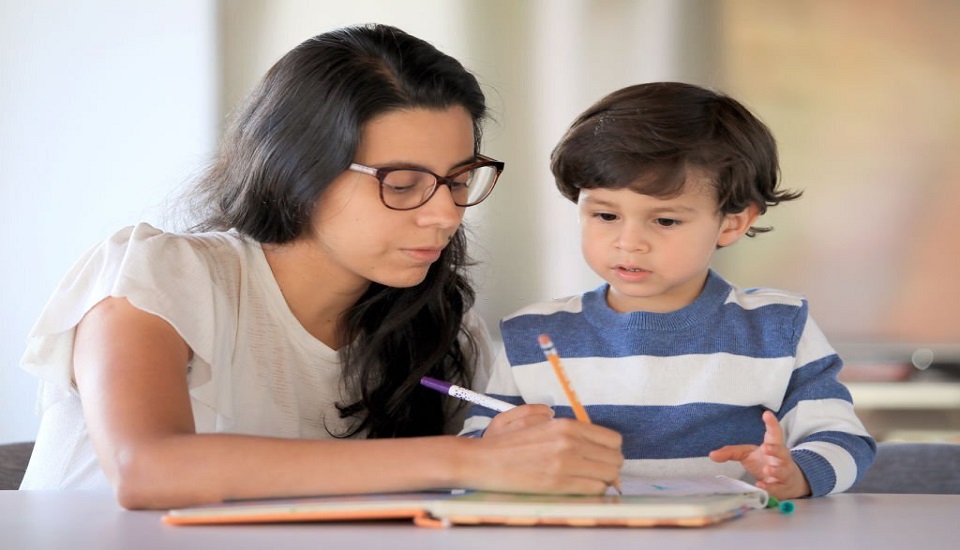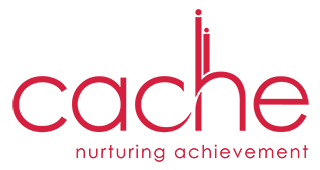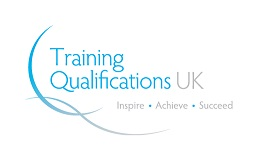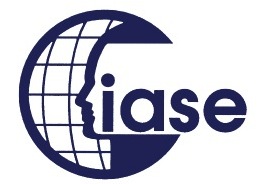The VARK Model Is Empowering Kids With Special Needs
6th April 2022

Special education teachers have come up with different learning styles for children with special needs and those patterns have shown commendable results. One such learning approach is doing miracles in the field of special education and it is known as the VARK learning style. Neil Fleming introduced this model in the year 1987 and since then it has been helping children with their individual learning preferences.
Special education courses are helping students with special needs like autism, learning disabilities, and ADHD by using the VARK model. Learners prefer this model because it is having a similar format of individualized education programs (IEPS). Students learn things that they require as per their mental capabilities and special education teachers work with gifted children keeping their gifts in mind.
WHAT IS VARK?
The VARK learning model helps learners to figure out the exact thing that is preferable to them. To make this happen, a self-report inventory, posing a series of situations were being developed by Fleming. Respondents select the answers that best match their preferred approach to learning.
Often, parents wonder how many types of learning styles are there that can help their extraordinary children. There are 4 major learning preferences.
- Visual learning (pictures, movies, diagrams)
- Auditory learning (music, discussion, lectures)
- Reading and writing (making lists, reading textbooks, taking notes)
- Kinesthetic learning (movement, experiments, hands-on activities)
SEN teachers can execute these learning strategies in public schools, private schools, and any other academic institution. Besides, general education teachers can also practice these methods and if they want to have an SEN certification course, all they need is a bachelor’s degree and tons of empathy for these special kids. But, handling the emotions of a special kid is another challenge often faced by special educators.
TYPES OF LEARNERS:
Visual learners: This type of learner learns the best when they see things. Using images, charts, videos, and any other kind of illustrations they are being taught in the classroom. They always prefer watching things and incorporating the lessons that are being delivered by the SEN teachers.
Auditory learners: These kids always love listening to things and learning the best. They are very good at capturing information in the form of lectures and they can remember things easily. Playing audiobooks, songs, rhymes, podcasts, etc., help them to learn things smoothly and they are also known as aural learners.
Reading and writing: If specially-abled kids love making presentations, reading definitions and textbooks, taking notes, etc., then they are reading and writing learners. This kind of learner finds it helpful in remembering things when they write them down.
Kinesthetic learners: Hands-on experience is the best-suited term for kinesthetic learners. They learn the best when they touch things or prepare something by themselves. In this case, special kids perform amazingly while participating in an activity like painting, cooking, any sport, etc. They believe in practical methods and hence, these students progress to a great extent.
IS VARK MODEL HAVING ANY DRAWBACKS?
Well, from a wider point of view, the VARK model serves the best learning style that is suitable for a special kid. But, if we narrow down the points, it has been observed that often students are keen on one particular form of learning pattern.
For example, a special kid might rely on reading and writing preferences when an SEN teacher is dealing with a class that requires a great deal of book reading and note-taking. While at an art class, the student is depending more on visual and kinesthetic preferences as the teacher takes in pictorial information and learns new techniques.
Well, there are many other ways to support gifted children.
Special education teachers who have successfully completed special education courses are experts in executing this VARK model in the best way possible for the welfare of special kids. So, the bottom is that the VARK model, if implemented correctly, has done a remarkable job in helping specially-abled children to grow and learn better.








